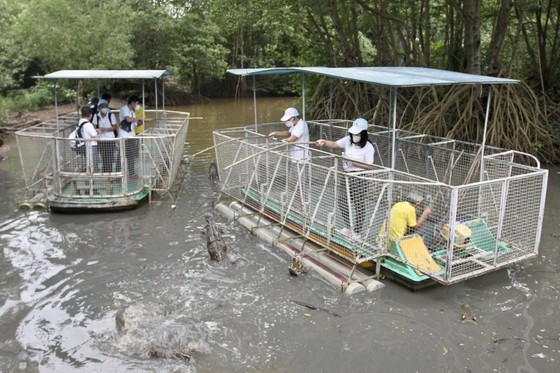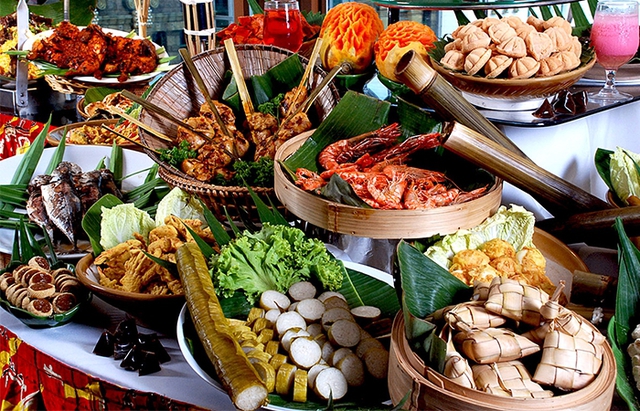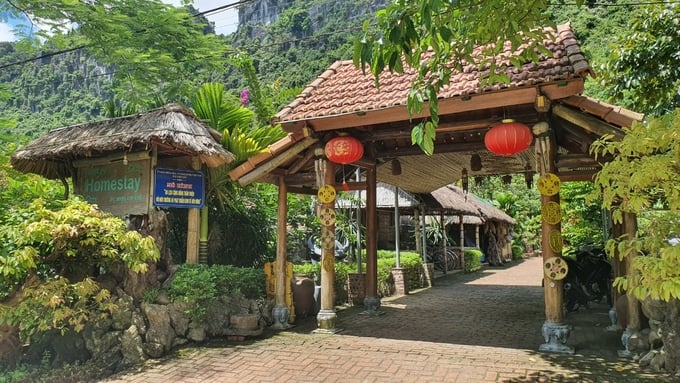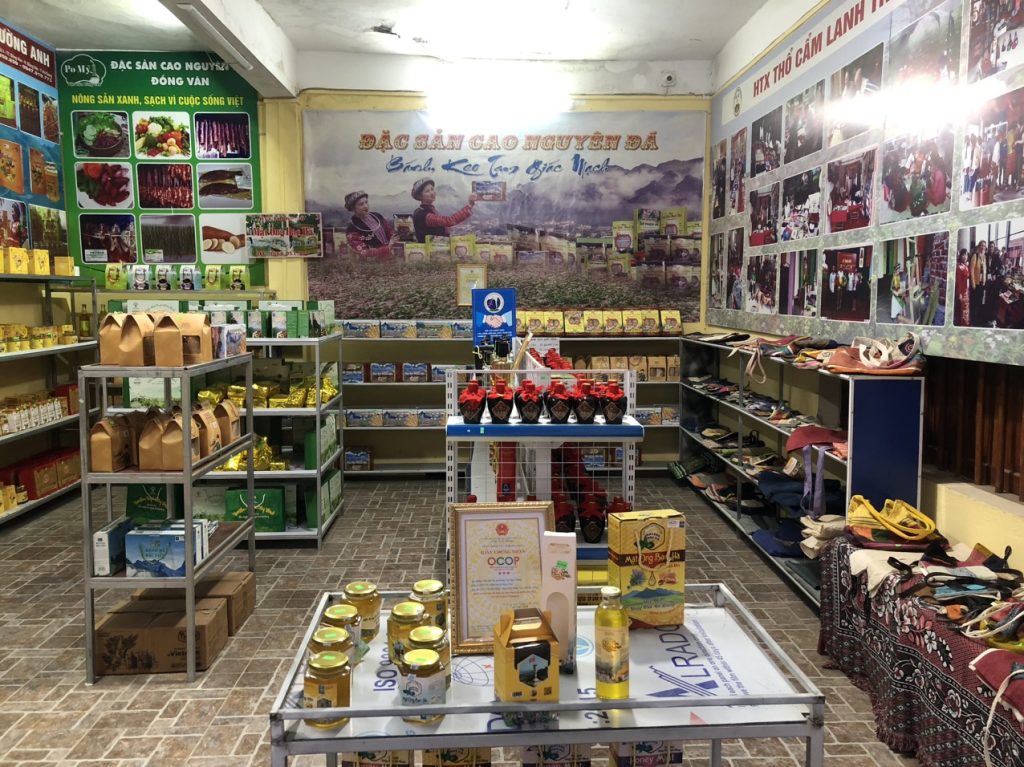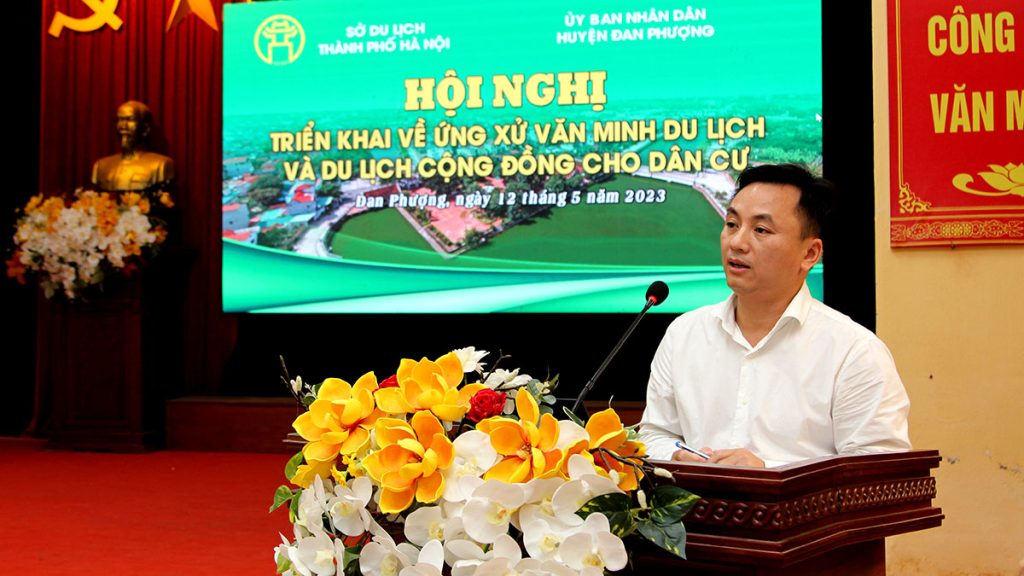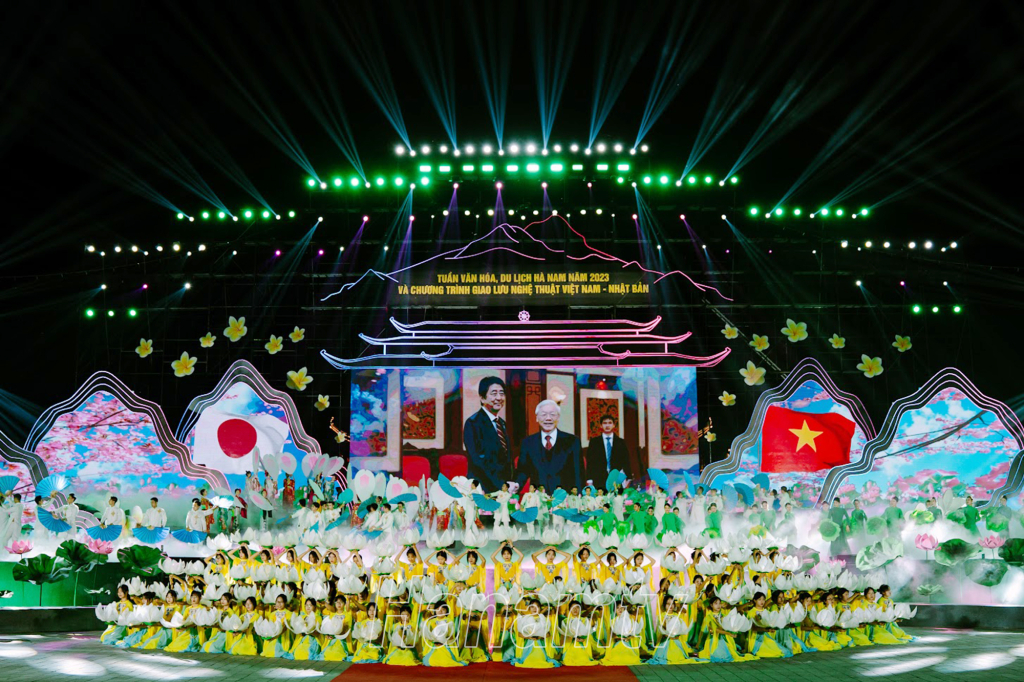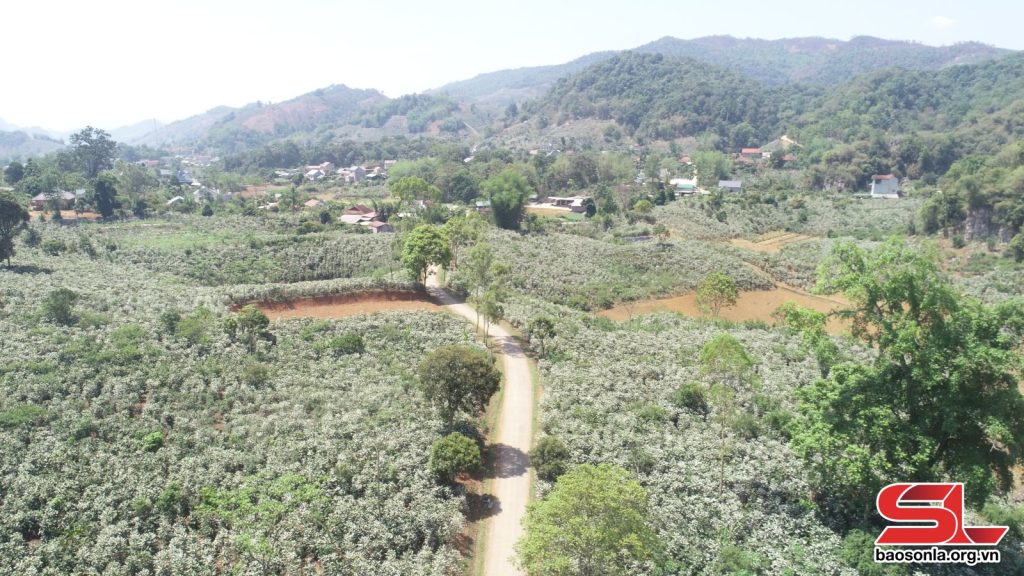Along with the strong desire to develop the coastal district of Can Gio via meaningful investment projects, HCMC is considering feasible ways to protect the existing green space here.
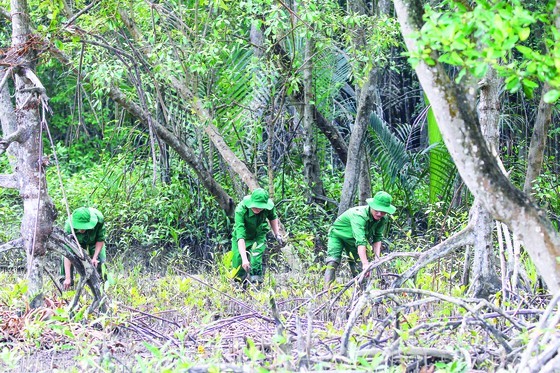
The mangrove forest in Can Gio District (Photo: SGGP)
In the seminar ‘Can Gio District Goes Green’, held in August 2023, many experts mentioned the need to carefully review and select suitable investment projects among many proposals. Economic expert Dr. Tran Du Lich voiced that because of its natural features, the district should boost the growth of tourism, maritime economy, and renewable energy.
The HCMC People’s Committee has recently submitted to the Prime Minister a project to build Can Gio International Transshipment Port. It is estimated that the cargo amount served by this new port will be 4.8 million TEU and 16.9 million TEU by 2030 and 2047 respectively. Besides the ability to attract a large capital volume of about US$6 billion, this port offers job openings to 6,000-8,000 people, not to mention thousands of positions in the logistics field. When reaching its full capacity, the port contributes VND34-40 trillion ($1.4-1.64 billion) to the state budget a year.
In June 2023, the HCMC Department of Industry and Trade proposed to add the Can Gio Offshore Wind Energy Plant with a capacity of 6,000MW into the list of potential offshore wind power plants in the draft National Electricity Planning in the 2021-2030 Period, with a Vision to 2050. The project is sited offshore of the South of the East Sea, on a surface area of 325ha and with a total investment of $16 billion.
Another promising project is Can Gio Sea Reclamation Project in Long Hoa Commune and Can Thanh Town. This August, HCMC agreed to launch the project, and the construction permit is expected to be issued on April 30, 2025 for the investment procedure. When completed, this will be a smart urban area for tourism, seminar, and relaxation with high-quality services. Formed on a surface area of 2,870ha, the project needs a total investment of $9 billion for its technical infrastructure and will house 228,000 residents.
The launch of such large-scale projects obviously has influences on the natural environment of Can Gio District.
HCMC Electricity Corporation stated that the 500kV line connecting to Da Phuoc 500kV Station might negatively affect the protection forest in the district, leading to the request of the HCMC Department of Planning and Investment for a full impact report, especially focusing on the mangrove forest. Similarly, despite its support for the offshore wind power plant, the Can Gio District People’s Committee expressed its concern over the use of such a large sea surface area, possibly affecting the World Biosphere Reserve.
In addition, the Government has asked HCMC to evaluate the influences of the to-be international transshipment port on the biosphere reserve of Can Gio Mangrove Forest. Other experts stressed on the use of cutting-edge technologies for automation in operation and management, as well as clean energy to reduce negative effects on the environment
The sea reclamation project needs about 137.6 million cubic meters of sand for leveling. The HCMC People’s Committee has just reported on its approval of Can Gio Urban Tourism JSC. to exploit sand in Can Gio Sea for this project. With the greenlight to open 10 sand mines on this sea (a total reserve of 27 million cubic meters), the company can only satisfy 20 percent of the material for the project.

Tourists are fishing inside Vam Sat Tourist Area in Can Gio District
Chairman of the Can Gio District People’s Committee Nguyen Van Hong informed that with a surface area of 33,000ha, the mangrove forest here occupies over 45 percent of the natural land. It was formerly used for research and learning purposes, plus eco-tourism. Thanks to Resolution 98, HCMC is allowed to exploit carbon credits from this forest to earn more money for the city budget. Therefore, in the near future, Can Gio District is going to cooperate with state departments and experts to propose feasible solutions for HCMC to better exploit the strengths of the district while still maintaining the core traditional and cultural values here.
Assoc. Prof. Dr. Phung Chi Sy – Vice Chairman of the Vietnam Association for Conservation of Nature and Environment (VACNE) stressed that Can Gio Mangrove Forest has been certified by UNESCO as a World Biosphere Reserve, and thus no project is allowed to launch within this reserve. Any other nearby ones must present a valid environment-impact report before being carried out.
In general, when in the construction stage, the projects of an international transshipment port, an offshore wind power plant, and a sea reclamation urban area will only have minor influences on this reserve. However, when in operation, these projects will accelerate urbanization, meaning more pollution, possible forest encroachment, and natural landscape destruction. This calls for practical solutions to monitor and eliminate harmful behaviors to the environment and protect the biodiversity in the district.
Obviously, HCMC aims at turning Can Gio District into a model of harmony between preserving the biodiversity, natural ecosystems and an improvement in the livelihood and living standards for local residents, making its development a sustainable one.
|
Related to the growth of a carbon credit market in HCMC, the municipal Department of Natural Resources and Environment has worked with the World Bank to establish a joint task force for a more sustainable development of the city. The first activity of this task force is to reduce greenhouse gas emissions via upgrading the city lighting system, switching to electric vehicles, and boosting the use of renewable energy. Besides, the HCMC Department of Natural Resources and Environment has collaborated with other state department and the local authorities to implement other methods also to reduce greenhouse gas emissions like sorting household waste at source, promoting the use of green energy, encouraging businesses to change to green production. Can Gio Mangrove Forest is able to absorb nearly 11 million tonnes of CO2 per hectare, release 8 million tonnes of CO2/ha, accumulate 3 million tonnes of CO2/ha, and have a CO2 exchange value of $77 million per hectare per year. |
By Mai Hoa, Minh Hai – Translated by Thanh Tam
Sài Gòn Giải Phóng News – en.sggp.org.vn

